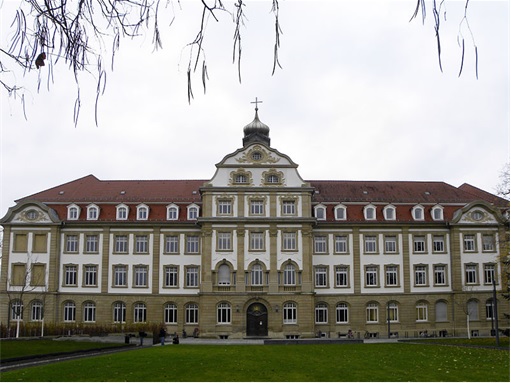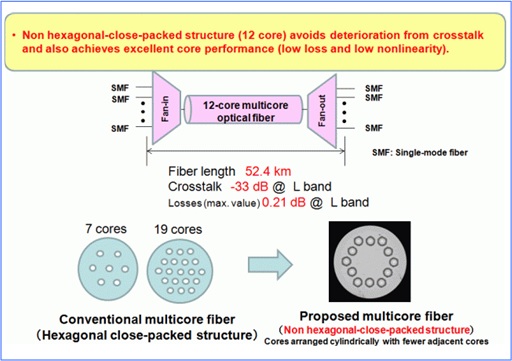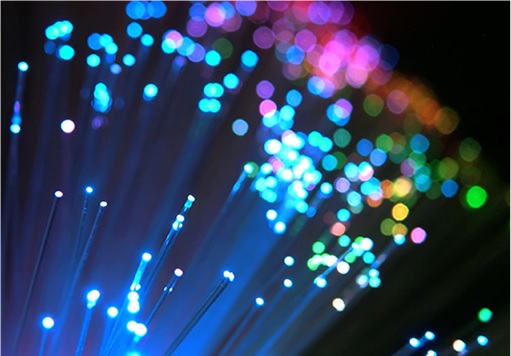Three years ago in 2011, researchers at the Karlsruhe Institute of Technology in Germany made headlines when they successfully created world record by transmitting data at mind-boggling 26Tbps (terabits per second) over a single optical fiber. At a rate of 26Tbps, that’s equivalent to 3.25TBps (1 byte equals to 8 bits) or 3,250 gigabytes of data in a single second. That means the entire Library of Congress could be transferred in just 3 seconds.
Today, that record has been broken by a research group at the Technical University of Denmark (DTU). This same group which broke the 1-Tbps in 2009 has successfully push the speed to insane 43Tbps (terabits per second) over a single optical fiber with just one laser transmitter. Again, in layman term, 43Tbps is equivalent to 5.375 terabytes per second, which in turn translates to 5,375 gigabytes per second.
What this means is the breakthrough will enable your 1-TB hard drive contents to be transferred in a fifth of a second. In other words, you can have your 1GB DVD rip in 0.2 milliseconds. That’s super fast because you can literally download a television show or movie in a blink of an eye. Sure, United States and Japan had done transmission of 100Tbps many moons ago, but they “cheated” because they’re using about 500 lasers instead of one single laser fiber optic.
And how does DTU able to hit 43Tbps? Well, they kinda cheated as well. Nope, they didn’t take a bunch of lasers, tied them up together and claim the trophy. They still use a single laser, just like Karlsruhe Institute of Technology back in 2011, but DTU’s technique is having multiple individual channels that can each carry their own optical signal. DTU used multi-core optical fibers with seven cores – produced by Japanese telecom giant NTT.
When Karlsruhe Institute of Technology set the record in 2011, they were only able to use “a single-core” fiber simply because multi-core fibers were both difficult and expensive to manufacture during those days. It was just like those days when you proudly showed off your single-core Intel Pentium processor notebook. Today, you’ve Intel i3, i5 or i7 which use 3-core, 5-core or 7-core processors, literally speaking.
However, the fastest commercial single laser fiber network available today is still confined to 100Gbps (12.5 gigabytes per second) otherwise known as 100 Gigabit Etherner or simply 100-Gigabit. The IEEE is still in their feasibility study if 400Gbps or 1Tbps are commercially viable. But it would not due until 2017 or later if we can enjoy such a luxury in speed.
Other Articles That May Interest You …
- Here’s How Xiaomi Secretly Steal Your Data For Chinese Govt, And How You Can Block It
- Here’s Proof That Apple Deliberately Slow Down Its Old Models, Before A New Release
- The Pirate Bay Is Making It Easier To Download Movies On SmartPhones
- 10 Companies That Control Almost Everything You Buy & Eat
- 25 Famous Logos With Secret Hidden Messages
- Beware! Here’s How Government’s Spying On You, Legally
- Top 10 Most Profitable Movies Of The Year (mid-2013)

|
|
August 2nd, 2014 by financetwitter
|


|

|

|

|

|

|
































Comments
Add your comment now.
Leave a Reply